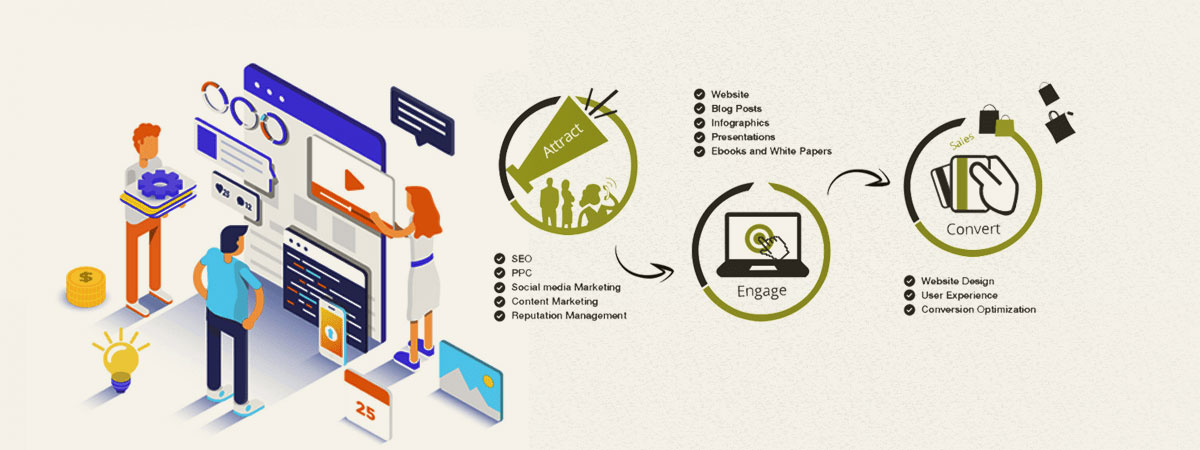The Advancement Of Web Site Style: From Past To Present
The Advancement Of Web Site Style: From Past To Present
Blog Article
Uploaded By-Kinney Bojesen
In the past, web sites were easy and concentrated on information. Navigation was direct, and design was for desktops. Now, individual experience is key. Data overviews layouts for simple navigating. Receptive layouts fit different devices. Today, dark setting minimizes pressure, and minimalist food selections improve navigating. Interactive functions involve users, and strong visuals stick out. AI combination increases involvement. See how layout has actually developed to improve your on the internet journey.
Early Days of Website Design
In the very early days of website design, simpleness preponderated. Web sites were standard, with limited colors, typefaces, and designs. The focus got on offering info rather than flashy visuals. Customers accessed the web with slow dial-up links, so speed and functionality were essential.
Navigating menus were straightforward, commonly situated at the top or side of the web page. Sites were created for home computer, as mobile browsing had not been yet widespread. Content was king, and developers focused on very easy readability over complex design elements.
HTML was the primary coding language made use of, and developers had to work within its restrictions. Animations and interactive features were minimal contrasted to today's standards. Internet sites were fixed, with little vibrant web content or tailored user experiences.
Rise of User-Focused Design
With the advancement of website layout, a change towards user-focused layout principles has actually become significantly noticeable. website design texas , creating internet sites that focus on customer experience is essential for involving visitors and achieving service goals. User-focused style includes recognizing the requirements, preferences, and behaviors of your target audience to customize the internet site's format, material, and includes appropriately.
Designers now conduct comprehensive research study, such as individual surveys and functionality testing, to collect understandings and responses straight from individuals. This data-driven strategy helps in producing user-friendly navigating, clear calls-to-action, and visually appealing user interfaces that reverberate with site visitors. By putting the individual at the center of the style procedure, internet sites can provide a much more personalized and pleasurable experience.
Responsive layout has additionally emerged as a key element of user-focused layout, ensuring that web sites are optimized for different tools and display sizes. This adaptability enhances access and functionality, dealing with the varied methods customers connect with internet sites today. Essentially, the increase of user-focused layout symbolizes a change towards developing electronic experiences that focus on the demands and expectations of completion individual.
Modern Trends in Website Design
Explore the most recent patterns forming website design today. One noticeable trend is dark mode style, supplying a streamlined and modern look while minimizing eye pressure in low-light settings. Another vital trend is minimal navigation, streamlining menus and improving customer experience by concentrating on essential elements. Incorporating micro-interactions, such as animated switches or scrolling effects, can produce a much more interesting and interactive internet site. Receptive style remains crucial, making sure smooth individual experiences across different tools. Additionally, utilizing bold typography and asymmetrical layouts can add aesthetic passion and draw attention to certain material.
Incorporating AI innovation, like chatbots for customer support or customized recommendations, enhances individual interaction and simplifies procedures. Availability has also become a significant fad, with developers focusing on inclusive style practices to accommodate diverse user demands. Embracing sustainability by enhancing internet site efficiency for speed and efficiency is an additional arising fad in web design. Teaming up with user feedback and data analytics to repeat and improve design constantly is important for remaining relevant in the ever-evolving electronic landscape. By embracing these modern-day fads, you can create a visually appealing, straightforward internet site that resonates with your audience.
Verdict
As you reflect on the advancement of internet site layout from the very early days to now, you can see just how user-focused design has actually ended up being the driving pressure behind modern-day fads.
Welcome the trip of adjustment and adaptation in website design, always keeping the customer experience at the forefront.
Keep current with the current patterns and modern technologies, and never quit developing your approach to develop aesthetically stunning and straightforward sites.
Evolve, adjust, and develop - the future of website design is in your hands.
